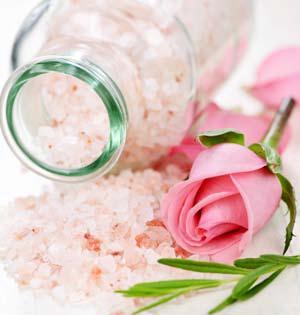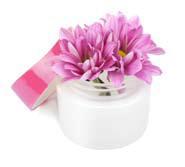Skin Deep
Your skin is the largest organ of your body and what you put on it can be absorbed in tiny amounts...
The impact from the daily cocktail of substances that we put on the skin is only just beginning to be understood.

The good news is a growing number of beauty companies are now making organic beauty products so there is no need to compromise on performance in your daily beauty regime.
Unfortunately, unlike organic food, there are no legal standards for organic beauty products.
As a result, some companies choose to label a product as ‘organic’ even if it only contains 1% organic ingredients or if it contains potentially hazardous substances.
This is why the Soil Association developed the health and beauty standards, so you can look for the Soil Association symbol for your guarantee that the product has been checked and meets the strictest standards for organic purity and integrity.

The remaining ingredients must meet strict criteria to ensure that they are not damaging to our health or the environment.
To achieve organic certification, a company must:
- Have their manufacturing facility inspected annually by the Soil Association. This includes an audit of organic ingredients use and demonstration of ecologically sound production methods.
- Submit all product formulae and labels to the Soil Association for approval.
- Provide clear labelling so that the consumer can make an informed choice about the product they are purchasing.
- For any non-organic ingredient, submit a declaration from the supplier that it is non-GM, plus declarations from 3 suppliers that the ingredient is not available in organic quality.
- Use the maximum possible amount of organic ingredients; a product that carries the Soil Association symbol and is labelled organic, must contain at least 95% organic ingredients. In cases where the product contains more than 70% organic ingredients, it can still be certified by the Soil Association but the company must state on the packaging exactly what proportion of ingredients are organic.
- Use minimal non-organic additives and only those from a restricted list. These must be non-GM and can only be used if the organic version of that ingredient is not yet available.
- Use ingredients that if processed, are processed by ecologically sound means.
Therefore, there can be a large difference between a beauty product that is certified organic and one that is merely described as ‘organic’ on the label.
To ensure a product is guaranteed organic, look for a certification body logo, such as the Soil Association symbol.
For more information visit: www.soilassociation.org